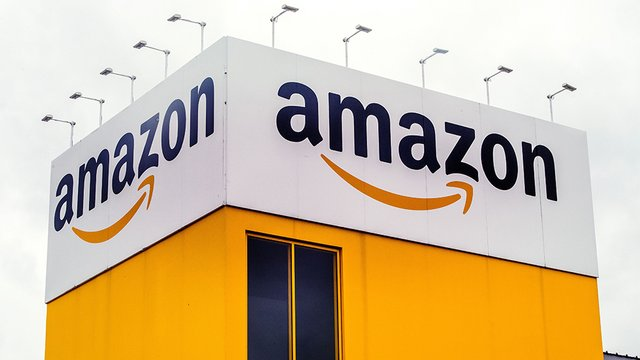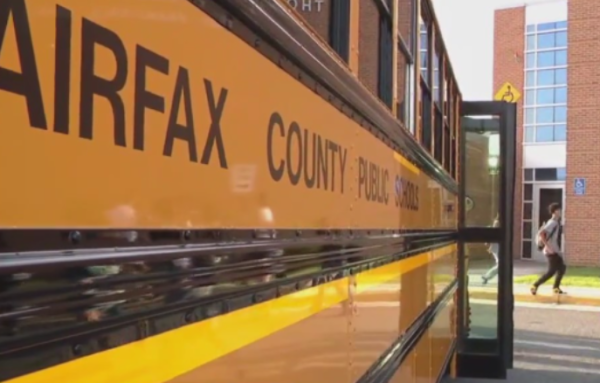Amazon opens new headquarters
In September 2017, Amazon set off a competition for which city would host its second headquarters, and local governments across the United States and Canada went to great lengths to become the host city. Perhaps the most egregious example is Chicago, whose mayor offered to let the Amazon Corporation keep the money collected by taxes on their employees, along with other tax breaks. Northern Virginia was listed in Amazon’s shortlist for potential sites for the new headquarters, leading many in Reston to hope the town will be chosen. However, Amazon eventually chose to split the location of their headquarters between Arlington, Virginia and New York City. An Amazon Headquarters in Reston would have been bad for Reston and an Amazon Headquarters in Arlington will be bad for the entire D.C. Area, including Reston.
Amazon has claimed a second headquarters will create 50,000 jobs in the area it’s built in, however this number seems unlikely. Greg Leroy of the watchdog organization Good Jobs First said his group is skeptical of the numbers, saying “I can’t identify another corporate headquarters that employs 50,000 people when they already have people elsewhere.” Even if that many people are hired, Amazon is rapidly automating its workplaces, with over 75,000 robots currently working in its warehouses.
A common misconception is that however many jobs are created by an Amazon Headquarters will be filled by Reston residents and to the economic benefit of the average Reston resident. In reality these jobs will most likely bring an influx of wealthy tech employees from out of the area. For an example one can look at Seattle, the site of Amazon’s first headquarters. In 2010, Amazon began moving its headquarters to Seattle. Native residents were forced out by rising living costs and replaced with wealthy tech employees. Seattle’s average monthly rent grew from around $1,100 to $1,823 between 2010 and 2017, while it had only risen by about $100 during the decade. Additionally, the average home price rose to $669,000. Between 2012 and 2017, the city’s homeless population grew from 2,000 to 5,000 people, along with another 6,000 living in homeless shelters. One can also look at Columbia Heights in D.C. as an example of the effects of gentrification. The original residents can no longer afford to live there in many cases as affordable housing was replaced with expensive condominiums and the neighborhood was pretentiously renamed the awful title of “COHI” by some new residents. One can expect an Amazon Headquarters being built in this area to have similar effects to Reston, Arlington, and D.C., raising living costs and forcing out those who can no longer afford to live there.
The building of an Amazon Headquarters in Northern Virginia will impede the principles Robert E. Simon had in mind when he founded Reston. The second of Robert E. Simon’s Seven Goals for Reston is listed as making it possible for any resident to “remain in a single neighborhood throughout his life, uprooting being neither inevitable or always desirable.” The second goal also states that “housing needs can be met at a variety of different income levels and at different stages of family life.” A project like the Amazon headquarters would go against Reston’s mission of being a culturally and economically diverse community in favor of an expensive, homogenous town inaccessible to low-income residents.
There’s also the question of why local governments should be spending taxpayers’ money on handouts to Jeff Bezos, Amazon’s CEO and the richest person in the world with a net worth of 137.2 Billion dollars. To give an idea of how much money this is consider that the median American worker makes 876 dollars in a week, comparatively Jeff Bezos makes approximately 2,849 dollars in only one second, adding up to 78.5 billion dollars a year.
Finally, Reston would be better off without the egregious unethical behavior engaged in by Amazon further expanding into the Northern Virginia. Amazon is known for being a terrible place to work where 16-hour work days are extremely common and employees are treated as expendable resulting in a high turnover rate. An undercover investigation in the UK by journalist James Bloodworth found Amazon warehouse employees frequently resorted to urinating in bottles and trash cans in order to make strict time requirements. Employees were also punished for taking sick days even if their doctor verified they were sick. There’s also the revelations made by a documentary from the German TV Channel ARD that Amazon employed HESS Security-a security company with Neo-Nazi Connections that’s likely named after prominent Nazi Party official Rudolf Hess-to guard over its foreign workers at hostels and cheap hotels lived in by many immigrant employees at its Distribution Center in Germany. HESS Security employees also regularly searched the bedrooms and kitchens of the foreign Amazon employees. There’s also the time when according to the Spanish union CCOO Amazon officials requested a police presence at their warehouse near Madrid to intimidate workers and discourage them from participating in a strike on Black Friday. Amazon also came under fire for meeting with Immigration and Customs Enforcement officials in order to pitch their facial recognition technology. Hundreds of anonymous Amazon workers wrote a letter to Jeff Bezos in June opposing Amazon’s cooperation with ICE saying “We refuse to build the platform that powers ICE, and we refuse to contribute to tools that violate human rights.”
There’s an abundance of reasons why an Amazon Headquarters will be harmful to Reston and the D.C. area; hopefully Reston residents will oppose this and any future projects that attempt to stop Reston from being what it was meant to be, a diverse community that people of all income levels can afford to live in.















